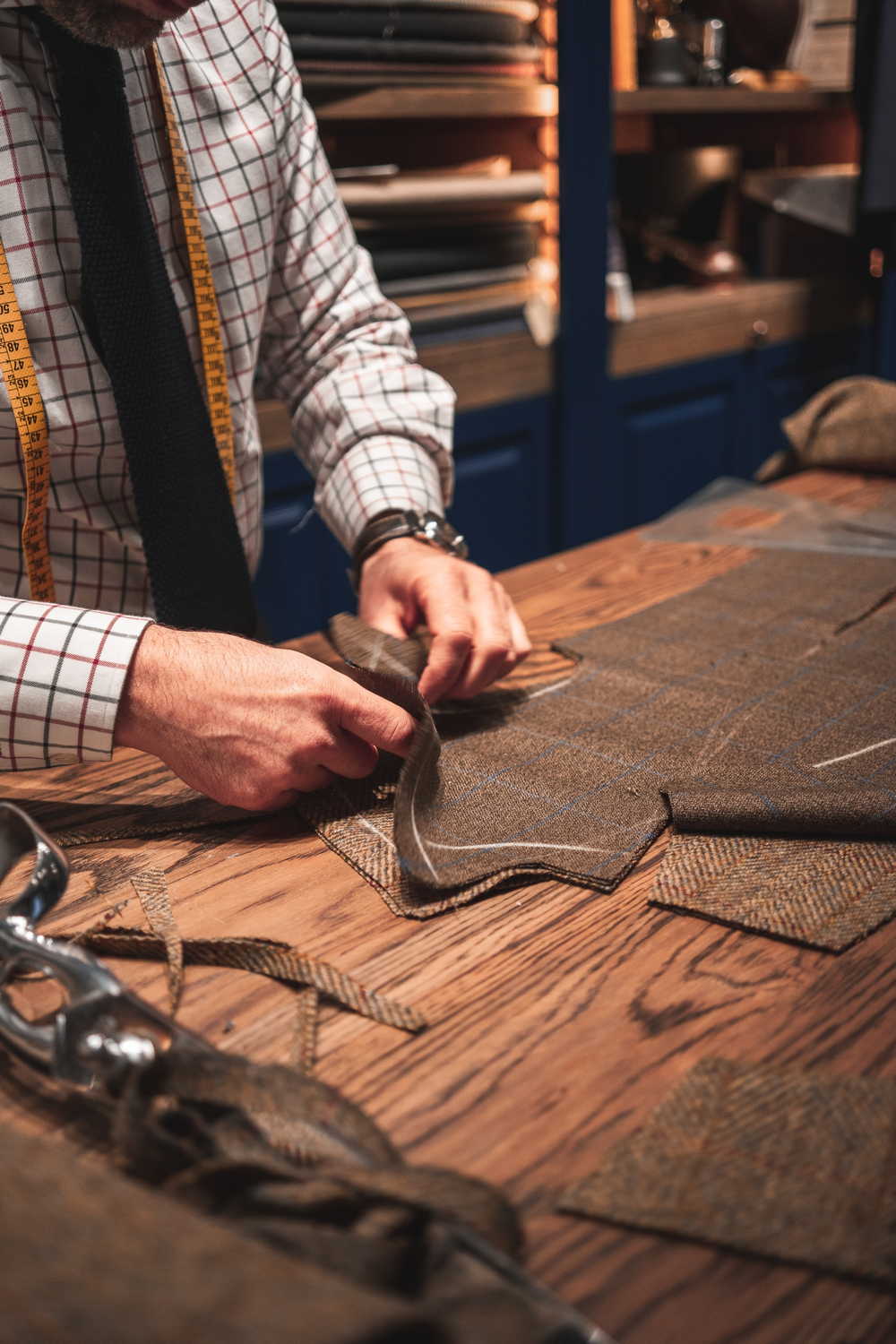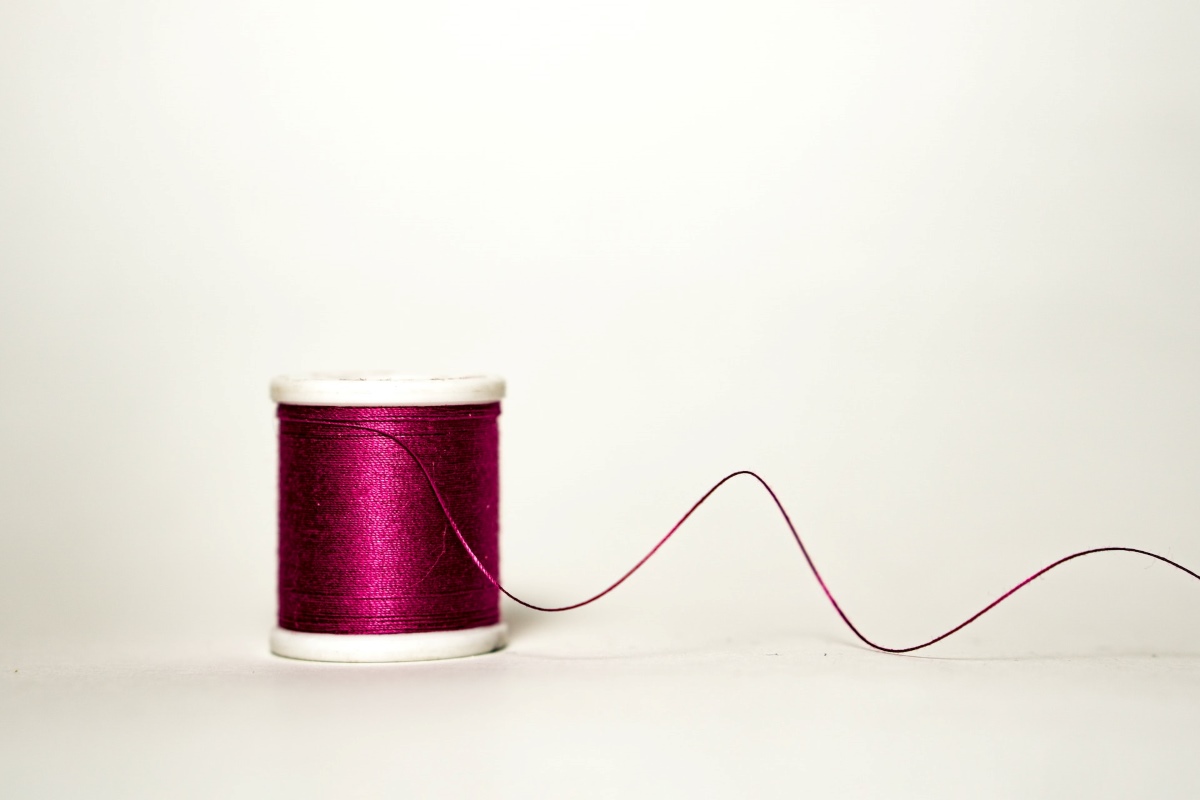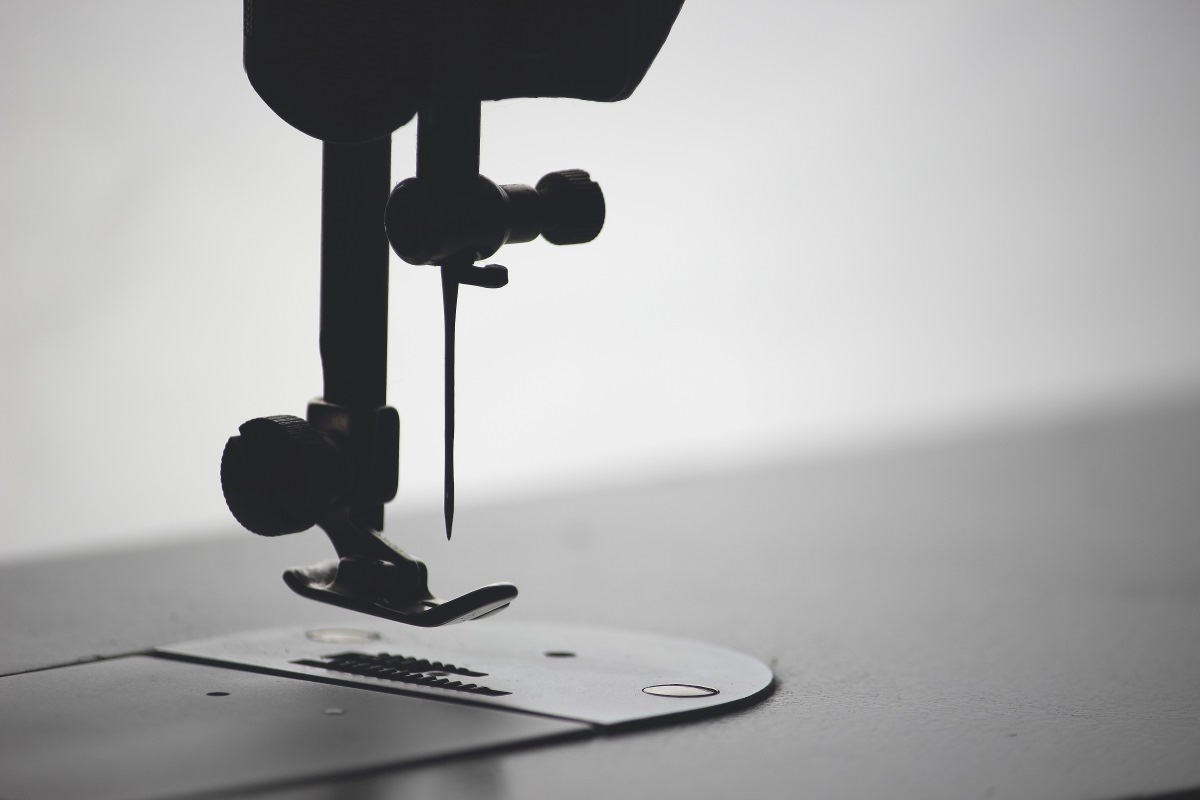
Is Going Backwards The Key To Moving Forwards?
Traditional practices such as bespoke tailoring have expressed sustainability in their core values for hundreds of years. As longevity within the textile industry could be the solution to reducing our environmental impact, can an industry so focused on tomorrow dare to look back?
The fashion industry is constantly looking forward: searching for new trends, new innovations and new ways to cope with impending sustainability regulations…the future is constantly out of reach. This is heavily reflected in a lot of companies pledging for a sustainable future, being part of transparency initiatives like the Fashion Pact, but not making any immediate improvements. To challenge this avoidance of responsibility, terms such as “the future is now” have surfaced, with action being the focus of today rather than goals for tomorrow.
New concepts and incentives to cope with consumption, environmental impact and working conditions have been surfacing and are starting to be implemented more – slow fashion being a focal point. According to a Julius Baer report, a crucial factor in reducing our carbon footprint and consumption of textiles is the increase in longevity.
This is where tailoring comes in.

TAILORING: A BRIEF INTRODUCTION
Tailoring is a global discipline that has been around for centuries. It is a cultural signifier of wealth and luxury, depicted by renowned districts such as Savile Row, where the cost of a three-piece suit can start from around £5,000, the price increasing with the exclusivity of the materials used. It also holds sustainability at its core, being transparent and encouraging longevity.
HOW SUSTAINABLE IS TAILORING?
The premise of this established practice revolves around the journey of a garment’s creation, and the customer’s involvement in the process. In bespoke tailoring, this is demonstrated even further. From the origins of the materials, to the finishing touches: the tailor is there to help tell the customer’s story through their craftsmanship and values, bringing the idea to life. As a consequence, the relationship between customer and tailor dives beyond surface level, meaning that bonds are created parallel to the garment. Made with the intention to last, longevity is rooted in tailoring which is ultimately reflected in the relationships that are formed, demonstrating the sustainable nature of this age-old practice.
TAILORING TODAY
Despite this service no longer being commonplace since mass-produced fashion stormed the globe, tailors have still retained their loyal clientele, even seeing a rise in younger consumers opting for custom-made garments. To add, tailoring businesses are no longer found exclusively on the street, they are also widely available online, with brands modernising made-to-measure services to meet the needs of the consumers of today, offering more casual attire to bring the traditional practice up to date and cater to younger clients.
In general, there are a variety of tailoring services available, not just prime luxury. Whether it be for clothing alterations or repairs, customers are able to tailor clothes they already own, extending the garment’s life. Even brands that mass-produce are beginning to offer repair services, as consumers are prioritising longevity and slowing down consumption.


WHAT CAN THE TEXTILE INDUSTRY LEARN FROM TAILORING?
It is clear that bespoke tailoring – the epitome of exclusivity and luxury – is not a realistic solution for the textile industry’s ongoing battle with the climate crisis. However, maybe it is time to take a few pointers from this traditional practice. Perhaps, prioritising quality over quantity when shopping: focusing on material-origin, environmental impact and working conditions, emphasising transparency throughout a garment’s journey.
Today, most brands and companies are addressing sustainability and promising to make progress, even fast fashion brands are setting goals and pledging to be more transparent. But without action, are these just empty promises? An age-old practice like tailoring, especially bespoke, has proven for centuries that quality materials, craftsmanship and relationships with clients encourages longevity within fashion. Therefore, as the textile industry continues to search for sustainable solutions, is going backwards the key to moving forwards?
+ Highlight Image: © Gio Gix via Unsplash
Words:
Jemima Patterson
Luxiders Magazine








